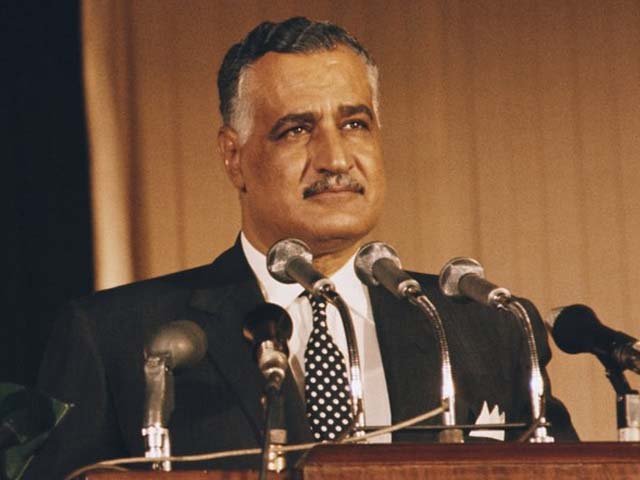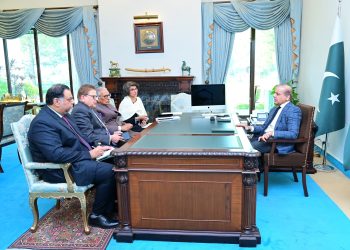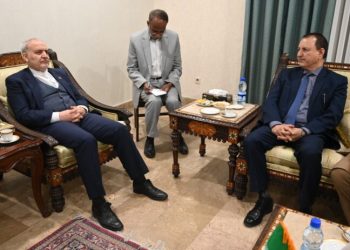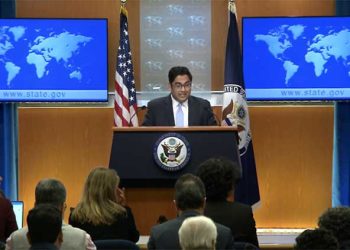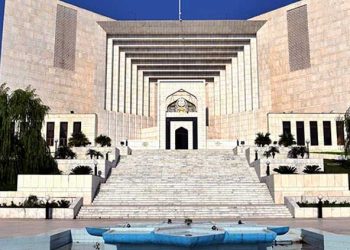Gamal Abdel Nasser, one of the Arab world’s greatest leader, passed away 50 years ago today. He was the leader of the group of Egyptian military officers who overthrew a hated monarchy in the July 1952 Revolution, and presided over the establishment of a republic as well as the departure of the last vestiges of British colonialism from Egypt. His republican coup inspired similar military-led revolutions in Iraq (1958), Northern Yemen (1962), Syria (1966), Sudan (1969) and Libya (1969). Thus the Egyptian Revolution and the rise of Nasser was the most significant event in the Middle East in the 20th century, and would remain so until Nasser’s successors signed a ‘peace treaty’ with Israel and marginalised Egypt’s role in the Arab world on the one hand, and the Iranian Revolution in 1979 on the other.
Though an Egyptian, Nasser worked tirelessly for Arab unity and freedom for Palestine. He enthusiastically tried to unite Egypt with Iraq and Syria for a short-lived United Arab Republic, which could not live up to its promise and split up in 1961. This disaster, together with Egypt’s disastrous involvement on the side of Yemeni republican forces in the Yemeni Civil War in the 1960s, and the devastating defeat of Arab forces in the 1967 Arab-Israeli War put paid to Nasser’s twin projects. Nasser never recovered from these incidents and passed away three years later, a broken but proud man.
To commemorate Nasser’s 50th death anniversary, I have chosen to translate one poem each from well-known Pakistani and Indian communist poets. Habib Jalib is Pakistan’s greatest resistance poet and his poem on Nasser, simply titled Gamal Abdul Nasser forms part of his 1975 collection Ehd-e-Saza (The Age of Punishment). This is an ode to the great Arab leader, and posits him as being immortal in contrast to his physical death as exemplified by the refrain Kon Kehta Hai Tu Mar Gaya Hai. So the reader comes away from the poem with a message of hope and determination. Here is how Jalib ends the poem in the original Urdu:


